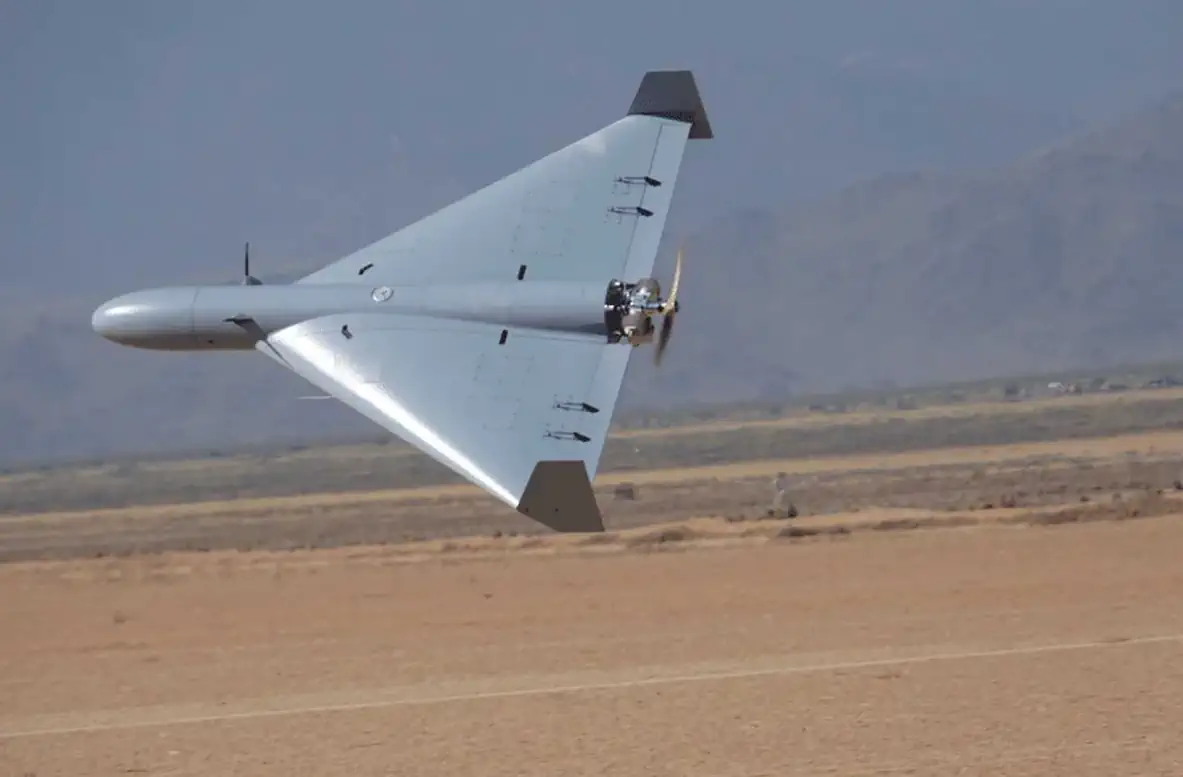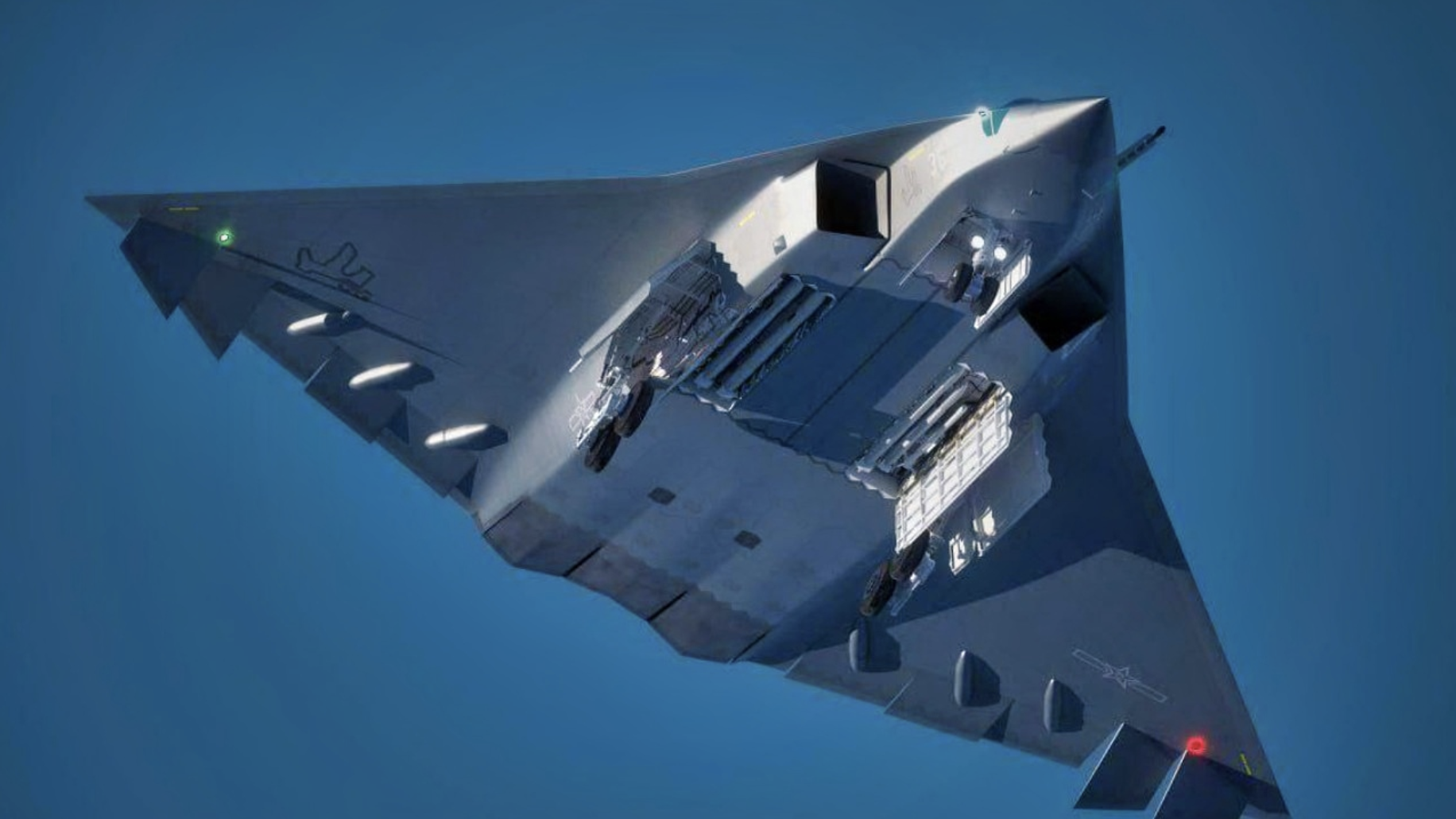"Air China Limited, d/b/a Air China [...] hereby applies for Exemption Authority authorizing Air China to modify its scheduled air transportation services between the People's Republic of China and the United States due to the measures put in place by the Coronavirus Task Force."
USDOT
This excerpt from the United States Department of Transportation's file confirms that Air China will be modifying its route network to the United States due to the increasingly prevalent Coronavirus. Many airlines have already cancelled flights to China, but Air China, being the national airline, insists on continuing their service because it is their goal to "maintain critical and essential air connectivity between China and the United States during this difficult time in the most effective way".
This means that Air China will cancel all flights to U.S. cities other than Los Angeles (LAX), San Francisco (SFO), New York (JFK), and Washington D.C.(IAD). The airline will also alter the routes so that the least aircraft will be used in the most economical way. They plan to fly from Beijing (PEK) to Los Angeles (LAX) to San Francisco (SFO) in one flight, beginning on February 11th. They will fly this route four times weekly, using their Boeing 777-300ER aircraft.
San Francisco Airport at night. Credit: TheExplorerBlog | Arkin Si
On February 12, Air China plans to change their East Coast service on the route from Beijing(PEK) to New York(JFK) to Washington DC(IAD). They will also utilize the Boeing 777-300ER for the flight.
Washington Dulles Airport during a cloudy sunset. Credit: TheExplorerBlog | Daniel Mena
So does that mean you can hop on a flight from JFK to IAD or LAX-SFO on Air China's 777? Unfortunately, no. In the contract, Air China states that they are "not seeking authority for Cabotage rights between LAX-SFO [or ...] JFK-IAD". When foreign airlines wish to fly domestically in another country, they must apply for Cabotage rights, which basically states that they are allowed to transport passengers and goods on that route. What Air China is saying here is that they are not ferrying passengers between the two cities, meaning the stops in LAX and JFK are only to drop off passengers going to JFK & LAX and pick up passengers headed to Beijing.
More clearly - If I wanted to go from JFK to PEK on February 14. I would book a ticket from JFK-PEK, but the plane would stop at IAD to drop passengers off that booked a flight from PEK-IAD that had to stop at JFK. In short, only passengers flying PEK-JFK, PEK-IAD, IAD-PEK, and JFK-PEK can fly on that route.
American Airlines Unveils 15 New Routes for 2026 Expansion » Wizz Air Dominates London Luton with TUI Slot Acquisition » Pentagon Alarm: China’s ‘Tailless’ 6th-Gen Fighter Prototypes Are Already Airborne »
Comments (0)
Add Your Comment
SHARE
TAGS
ROUTESRECENTLY PUBLISHED
 US Air Force to Launch New Experimental One-Way Attack Drone Unit
In a move that signals a tectonic shift in American airpower, the U.S. Air Force is preparing to stand up its first-ever experimental unit dedicated solely to "One-Way Attack" (OWA) drones.
NEWS
READ MORE »
US Air Force to Launch New Experimental One-Way Attack Drone Unit
In a move that signals a tectonic shift in American airpower, the U.S. Air Force is preparing to stand up its first-ever experimental unit dedicated solely to "One-Way Attack" (OWA) drones.
NEWS
READ MORE »
 Pentagon Alarm: China’s ‘Tailless’ 6th-Gen Fighter Prototypes Are Already Airborne
The Pentagon’s annual 2025 China Military Power Report (CMPR), released this week, has sent a clear signal to Capitol Hill: the race for air dominance is no longer a one-horse race. For the first time, the U.S. Department of Defence has formally acknowledged the rapid progress of China’s sixth-generation fighter programs, highlighting the successful flight testing of multiple "novel tailless" stealth prototypes.
NEWS
READ MORE »
Pentagon Alarm: China’s ‘Tailless’ 6th-Gen Fighter Prototypes Are Already Airborne
The Pentagon’s annual 2025 China Military Power Report (CMPR), released this week, has sent a clear signal to Capitol Hill: the race for air dominance is no longer a one-horse race. For the first time, the U.S. Department of Defence has formally acknowledged the rapid progress of China’s sixth-generation fighter programs, highlighting the successful flight testing of multiple "novel tailless" stealth prototypes.
NEWS
READ MORE »
 No "Mate's Rates" in the Sky as Qantas Bans All Staff (Including CEO) From New A350 First Class
In a move that signals just how "ultra" Qantas intends its new ultra-long-haul product to be, the Flying Kangaroo has made a rare and dramatic policy shift: barring all staff from its upcoming Airbus A350 First Class cabins.
NEWS
READ MORE »
No "Mate's Rates" in the Sky as Qantas Bans All Staff (Including CEO) From New A350 First Class
In a move that signals just how "ultra" Qantas intends its new ultra-long-haul product to be, the Flying Kangaroo has made a rare and dramatic policy shift: barring all staff from its upcoming Airbus A350 First Class cabins.
NEWS
READ MORE »



